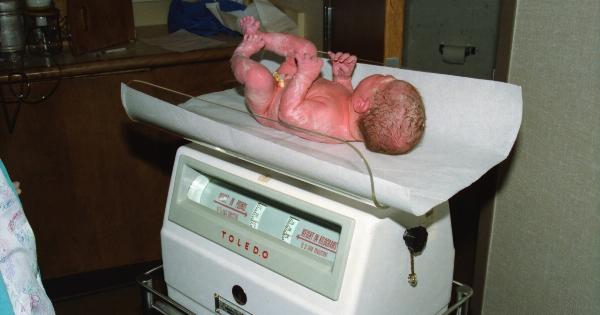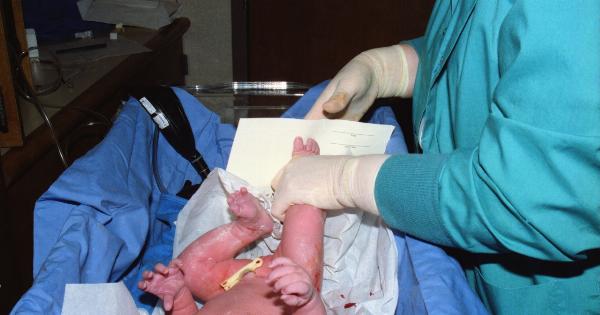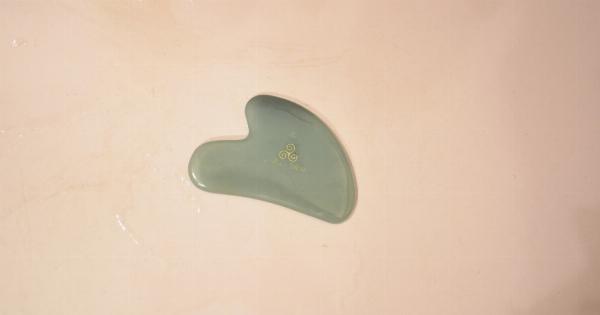Childbirth is a complex process that can be both exciting and intimidating, yet it is one of the most natural experiences for women.
However, many factors can influence the birth experience, one of which is the rupture of the membranes or “breaking of the waters.” In this article, we will explore the significance of broken waters during childbirth.
What is the Amniotic Sac?
The amniotic sac is a thin but strong membrane that lines the inside of the uterus and contains the amniotic fluid and the developing fetus. The fluid is clear and slightly yellowish, and it has a good smell.
It acts as a cushion and protects the fetus from physical harm, while also facilitating the baby’s growth and development.
What are Broken Waters?
When a woman is pregnant, the baby is surrounded by the amniotic fluid.
The amniotic sac usually breaks or ruptures spontaneously during labor, which means the fluid leaks out and eventually, gushes out of the vagina, indicating that labor has begun, or the woman’s water has broken. In some cases, the doctor or midwife may break the amniotic sac artificially, which is called an amniotomy.
What Causes Waters to Break?
The exact cause of waters breaking is unknown, but there are several factors that can contribute to it. One of the leading causes of broken waters is the onset of labor, which can be triggered by hormonal changes or the baby’s movements.
Other causes may include infections, trauma to the abdomen, cervical incompetence, or excessive amniotic fluid.
What Happens When the Waters Break?
When the waters break, the amniotic fluid may leak out slowly, or it may gush out all at once. The woman may experience a sudden release of fluid from the vagina, often accompanied by a contraction.
The amount of fluid lost may vary, but it is usually clear or slightly pink in color and has no odor. If the woman experiences a foul-smelling discharge or other symptoms, like fever or abdominal pain, she should contact her healthcare provider right away because these signs may indicate an infection.
What are the Implications of Broken Waters?
The majority of women will go into labor within 24 hours after their waters have broken. However, if labor does not occur, the risk of infection increases because the protective barrier has been breached.
In this case, the healthcare provider may recommend induction of labor or, in some cases, a cesarean section to prevent any potential health risks for the mother and the baby.
What about Preterm Rupture of Membranes?
Preterm rupture of membranes or PROM occurs when the amniotic sac ruptures before the start of labor in pregnancies before 37 weeks of gestation. It accounts for nearly one-third of all preterm births.
PROM can lead to serious complications like infections, premature birth, and respiratory distress in the neonate. Healthcare providers will monitor the maternal and fetal condition closely and may recommend induction of labor or cesarean section depending on the condition of the mother and the baby.
Conclusion
Broken waters can be an exciting yet daunting part of childbirth. It is a natural and essential part of the process, but complications can arise if it occurs prematurely or does not lead to the start of labor.
It is essential to monitor the mother and baby’s condition closely to ensure a safe delivery and a healthy outcome for both.





























